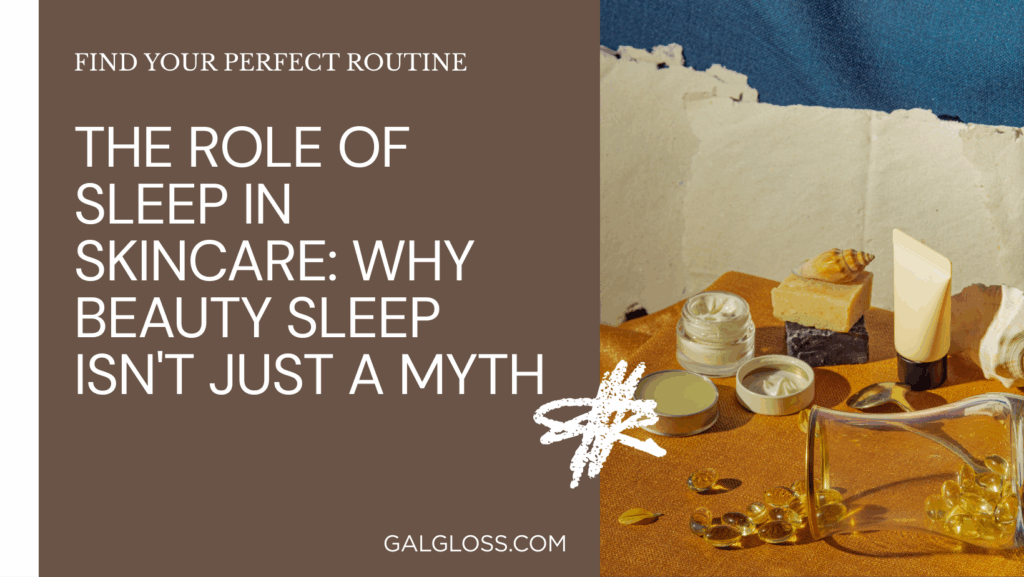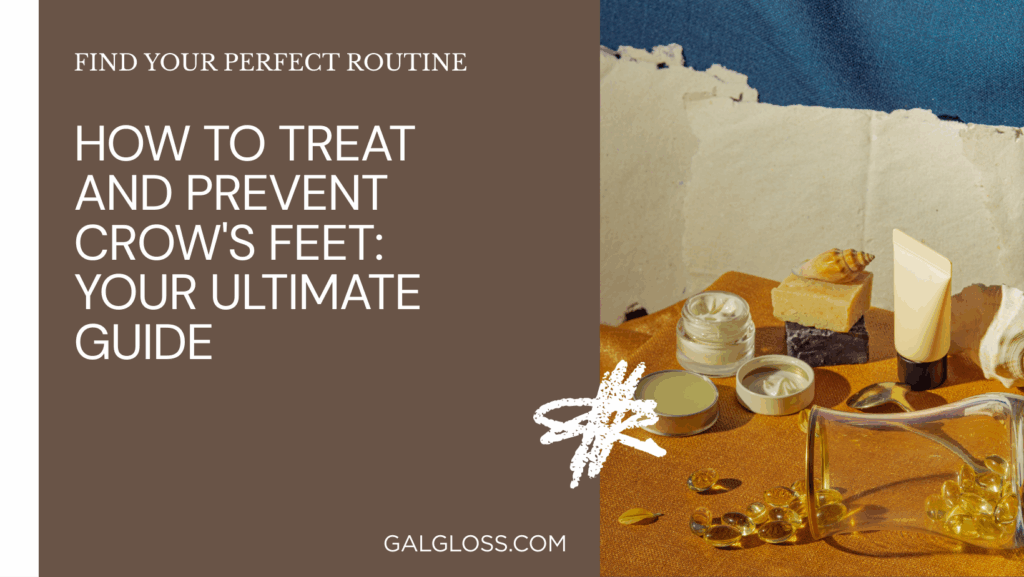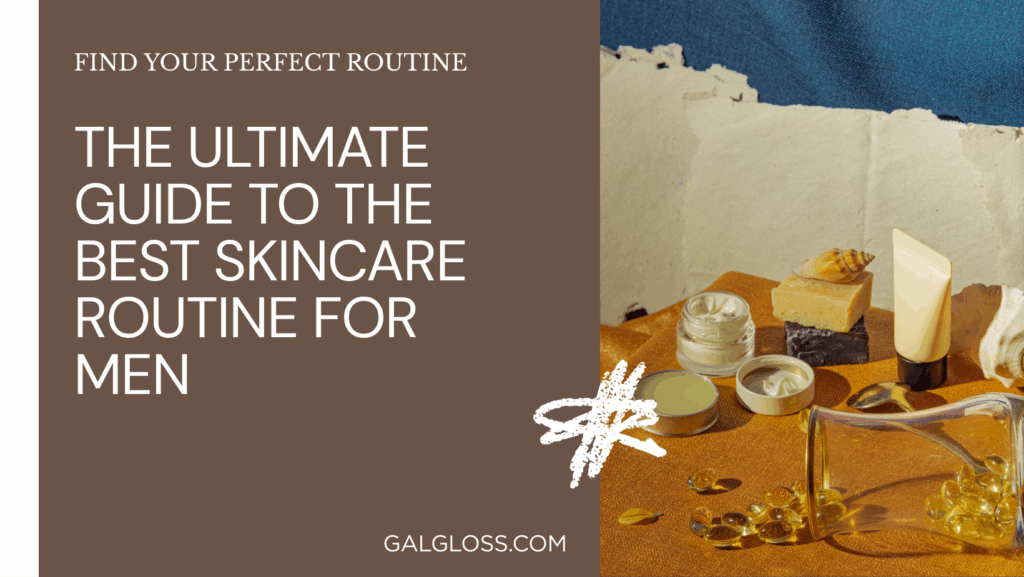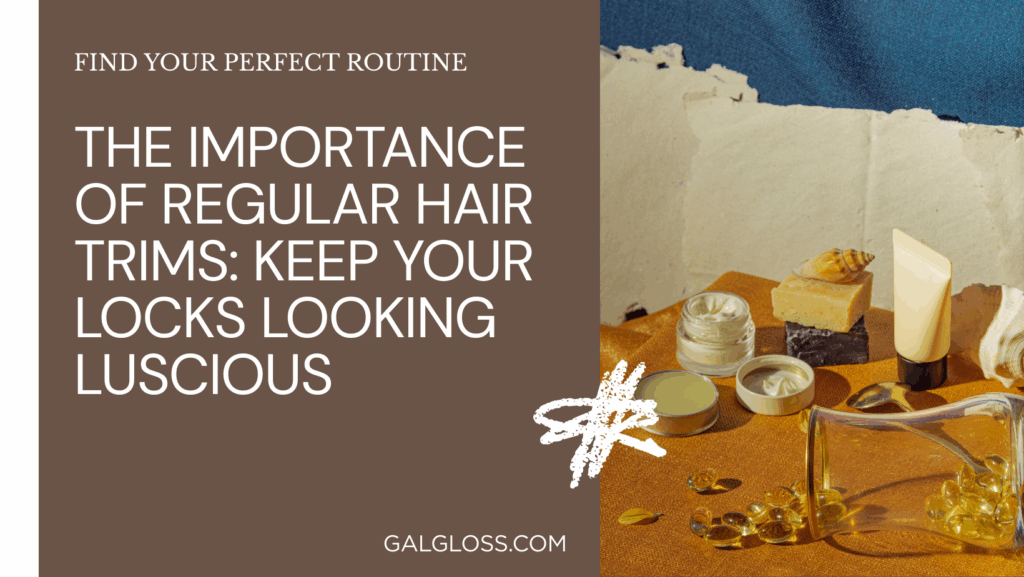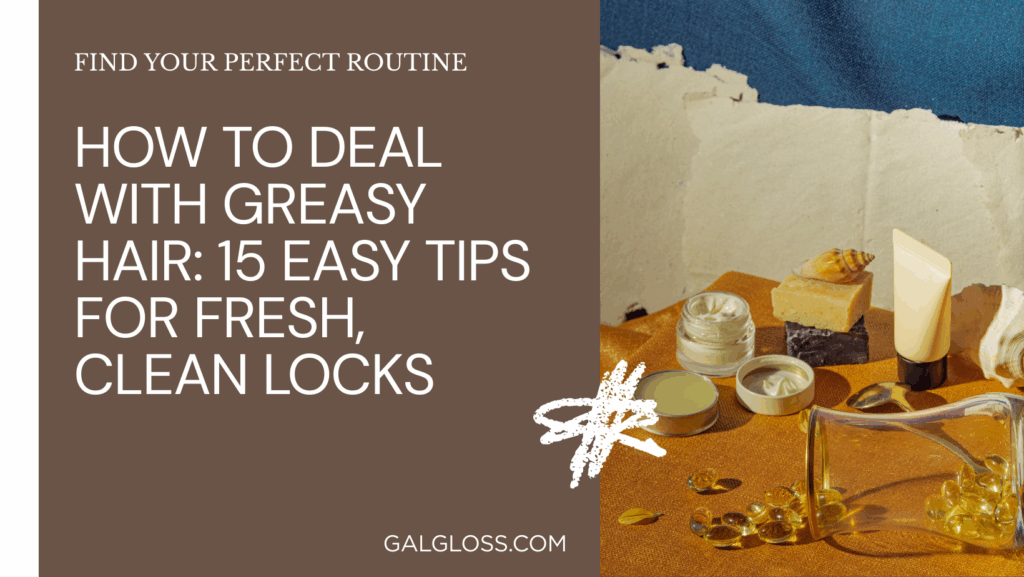Dandruff. It’s not just a minor inconvenience—it’s a full-blown scalp party crasher. But what exactly is this pesky problem?
Dandruff is essentially your scalp’s way of throwing a tantrum. It occurs when your scalp sheds dead skin cells faster than usual. The result? Those annoying white flakes that love to decorate your shoulders (and embarrass you at the worst possible moments).
Here’s the kicker: nearly half of the world’s population deals with dandruff at some point. So if you’re scratching your head over this issue, you’re in good company!
Why Your Scalp’s Acting Up

Before we dive into solutions, let’s get to the root of the problem. What causes dandruff? Well, it’s not just one thing. It’s like your scalp’s playing a game of “Trouble Bingo,” and here are some of the squares:
- Dry skin (especially in winter—thanks a lot, cold weather!)
- Oily, irritated skin (seborrheic dermatitis, if you want to get fancy)
- Not shampooing enough (or too much—it’s a delicate balance)
- Sensitivity to hair products (your scalp might be a drama queen)
- A fungus called Malassezia (sounds like a Harry Potter spell, doesn’t it?)
- Stress (because it just had to be on this list too)
Spotting the Flaky Culprit
How do you know if you’re dealing with dandruff? Here are some telltale signs:
- White flakes on your hair and shoulders
- Itchy scalp (resist the urge to scratch in public!)
- Red, scaly patches on your scalp
- Eyebrow dandruff (yep, it’s a thing)
If you’re nodding along to these symptoms, congrats! You’ve just won Dandruff Bingo. But don’t worry, we’re about to flip the game board.
Home Remedies: DIY Dandruff Destruction
Before we bring out the big guns, let’s try some home remedies. These natural solutions might just be your scalp’s new best friends:
- Tea Tree Oil: Nature’s antifungal superhero. Mix a few drops with your regular shampoo.
- Coconut Oil: A moisturizing marvel. Massage it into your scalp before bed.
- Apple Cider Vinegar: The acidic avenger. Mix equal parts with water and use as a post-shampoo rinse.
- Aloe Vera: The soothing savior. Apply directly to your scalp and let it work its magic.
Remember, patience is key. These remedies aren’t instant fixes, but they can be effective over time.
Over-the-Counter Offense: Shampoos and Treatments
If home remedies aren’t cutting it, it’s time to bring in the reinforcements. Here’s a rundown of common anti-dandruff ingredients to look for:
| Ingredient | How It Works | Best For |
| Zinc Pyrithione | Fights fungus | Most types of dandruff |
| Ketoconazole | Kills dandruff-causing yeast | Severe cases |
| Salicylic Acid | Helps shed dead skin cells | Scalp buildup |
| Selenium Sulfide | Slows skin cell turnover | Severe dandruff |
| Coal Tar | Slows skin cell death | Psoriasis-related dandruff |
Pro tip: Rotate between two or three different shampoos. Your scalp can get used to one product, making it less effective over time.
When to Call in the Pros
If you’ve tried everything and your scalp’s still throwing a fit, it might be time to see a dermatologist. They can:
- Prescribe stronger treatments
- Rule out other conditions (like psoriasis or eczema)
- Provide personalized advice
Don’t be shy about seeking professional help. Your scalp (and your dark clothes) will thank you!
Lifestyle Changes: Prevention is Better Than Cure
Want to keep dandruff at bay? Here are some lifestyle tweaks that can help:
- Stress less: Easier said than done, right? But stress management techniques like meditation or yoga can work wonders.
- Eat right: A balanced diet rich in zinc, B vitamins, and omega-3s can promote scalp health.
- Stay hydrated: Your scalp needs moisture too!
- Limit harsh products: Your hair doesn’t need to smell like a tropical paradise. Sometimes, less is more.
The Long Game: Keeping Dandruff in Check
Dealing with dandruff is often a marathon, not a sprint. Here’s how to stay flake-free in the long run:
- Stick to your treatment routine (even when you think the problem’s gone)
- Use a clarifying shampoo once a month to remove buildup
- Give your scalp some TLC with regular massages
- Keep an eye on triggers (like certain foods or hair products) and avoid them
Wrapping It Up
There you have it—your complete guide to showing dandruff the door. Remember, everyone’s scalp is different, so what works for your friend might not work for you. Be patient, be consistent, and don’t be afraid to experiment (within reason, of course).
Dealing with dandruff can be frustrating, but with the right approach, you can kiss those flakes goodbye. So go forth and conquer, flake fighters! Your dandruff-free future awaits.
Got questions? Flaky concerns? Don’t hesitate to reach out to a dermatologist or trichologist. After all, when it comes to scalp health, it’s better to be safe than sorry (or itchy and flaky)!
